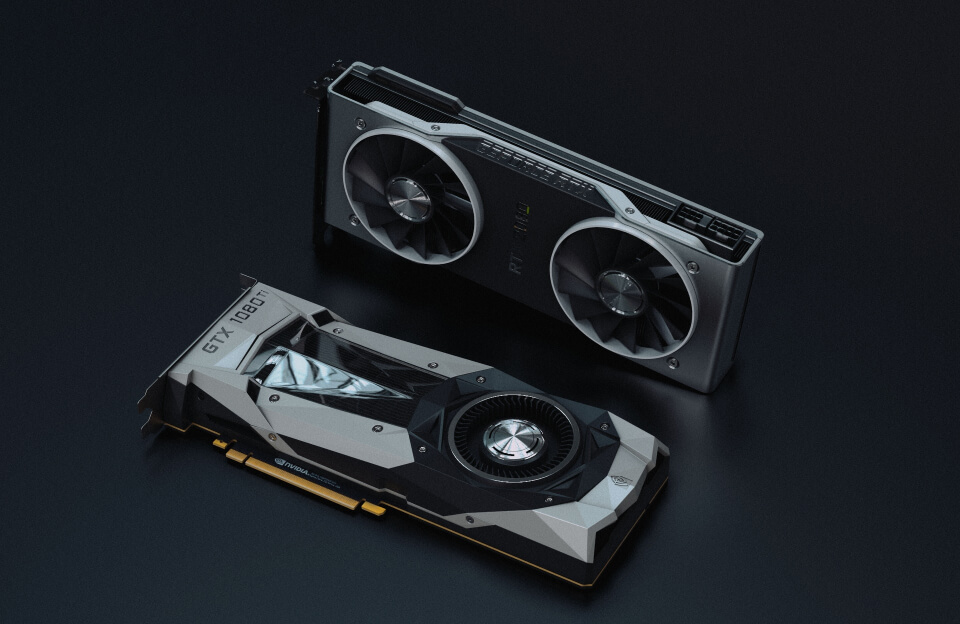As blockchain adoption grows, the need for high performance blockchain systems becomes more important than ever. If you’ve used Bitcoin or Ethereum and experienced slow transactions or high gas fees, you’re already familiar with some of the limitations of earlier blockchain networks.
This article will break down what high performance blockchain means, why it matters in the real world, and how it’s being used—even in developing economies like Cambodia, Vietnam, or across Southeast Asia.
1. What Is High Performance Blockchain?
A high performance blockchain (HPB) is a blockchain network that is optimized for speed, scalability, and efficiency, while still maintaining security and decentralization.
It solves three core problems:
- Slow transaction speed
- High fees
- Limited scalability
Think of it like upgrading from a motorbike (old blockchain) to an electric car (high performance blockchain)—faster, smoother, more capable of handling traffic.
2. Key Features of High Performance Blockchains
| Feature | Description |
|---|---|
| High TPS (Transactions Per Second) | Processes thousands or even hundreds of thousands of transactions per second |
| Low Latency | Fast confirmation times (usually 1–3 seconds or less) |
| Scalable Infrastructure | Can support millions of users and dApps without lag |
| Interoperability | Can interact with other blockchains or systems |
| Low Fees | Minimal or no transaction costs |
| Energy Efficiency | Uses Proof-of-Stake (PoS) or other eco-friendly consensus methods |
3. Why Does Performance Matter in Blockchain?
Performance is critical if blockchain wants to be used by billions of people, not just crypto enthusiasts.
Real-World Examples:
- Gaming: A blockchain game in Cambodia can’t wait 15 minutes to confirm a token transfer. Gamers demand real-time performance.
- Payments: A merchant in Phnom Penh using stablecoins needs fast and cheap transactions to compete with GCash or Bakong.
- Enterprise: A logistics company recording deliveries on-chain can’t afford delays every time a package moves.
High performance blockchain unlocks mainstream use cases by removing the biggest friction points: slow speed and high cost.
4. Comparison: Traditional vs High Performance Blockchain
| Feature | Traditional Blockchain (e.g., Ethereum) | High Performance Blockchain (e.g., Solana, Aptos, Sei) |
|---|---|---|
| Transactions/sec | ~15 TPS | 2,000–100,000+ TPS |
| Confirmation time | 10–15 seconds to several minutes | Sub-second to 3 seconds |
| Gas fees | Often $5–$50 per transaction | <$0.01 or near-zero |
| Suitable for Web3? | Limited to DeFi/enthusiasts | Ready for Web3 apps, games, AI, enterprise |
5. Top High Performance Blockchain Projects (2025)
| Project Name | Key Highlights | TPS/Speed |
|---|---|---|
| Solana | Focused on DeFi and gaming | ~65,000 TPS, <1s finality |
| Aptos | Move-based language, parallel execution | 160,000 TPS (testnet) |
| Sui | Object-based model, NFT + real-world assets | >300,000 TPS (testnet) |
| Sei | Optimized for on-chain trading & order books | Built-in MEV resistance |
| Avalanche | Subnet architecture for custom dApps | Sub-second finality |
| NEAR | Sharding tech, low-cost deployment | Developer-friendly |
These blockchains are being used not only in crypto, but also in sectors like:
- Supply chain
- Banking/finance
- Government digital infrastructure
- Social media
- Web3 mobile apps
6. How High Performance Blockchain Helps in Southeast Asia
High performance blockchain isn’t just for Silicon Valley. In emerging economies like Cambodia, it plays a crucial role in:
1. Micro-payments and Remittance
- Send small amounts of stablecoins from abroad to local users—fast and cheap.
- Competes with traditional remittance services like Western Union.
2. On-chain Gaming and NFTs
- Projects like Axie Infinity or Pixels depend on real-time performance.
- Players in Cambodia, Philippines, Vietnam need instant transactions.
3. Public Services and ID Systems
- Land records, identity management, and tax history can be stored immutably.
- Requires fast blockchain that doesn’t slow down during peak hours.
4. Decentralized Social Platforms
- Blockchain-based social media like Lens Protocol or Farcaster depend on scalability.
- HPB enables real-time content sharing, tipping, and ownership.
7. Technical Aspects Behind High Performance Blockchain
Parallel Execution
Unlike traditional blockchains that process one transaction at a time, HPBs often use parallel execution—handling multiple transactions simultaneously.
Data Compression
HPBs use better data structures to reduce block size and increase storage efficiency.
Innovative Consensus
Instead of Proof-of-Work, HPBs often use:
- Proof-of-Stake (PoS)
- Proof-of-History (used by Solana)
- Delegated Proof-of-Stake (used by EOS)
These reduce energy usage and increase speed dramatically.
8. Is High Performance Blockchain Secure?
Yes—if well designed. Speed does not have to come at the cost of security. Key practices include:
- Formal smart contract audits
- Validator decentralization
- Fail-safes like checkpoints and backup consensus layers
- Slashing mechanisms to discourage malicious actors
Remember: A fast blockchain is only useful if it’s secure and trustworthy.
9. Frequently Asked Questions (FAQ)
Is Bitcoin a high performance blockchain?
No. Bitcoin is secure and decentralized, but slow (~7 TPS) and not designed for high-speed use.
Can I build apps on high performance blockchains?
Yes! Projects like Solana, Sui, and Aptos offer developer SDKs, grants, and tools. Even non-developers can launch tokens or NFTs.
What’s the best HPB for Southeast Asia?
That depends, but many developers in the region are choosing:
- Solana for speed
- Aptos/Sui for innovative smart contract models
- BNB Chain for local liquidity and user base
Is high performance blockchain expensive to use?
No. Most HPBs are optimized for low gas fees, often <$0.01 per transaction.
10. Final Thoughts
High performance blockchain is the backbone of the next generation of internet apps. It’s not just about crypto—it’s about building scalable, fast, and affordable infrastructure for real-world use cases.
In Southeast Asia, especially in countries like Cambodia, this technology is already making an impact:
- Faster payments
- Better games
- More transparent systems
- Empowered creators and communities
As blockchain moves from hype to real use, performance will decide who wins.
So whether you’re building a dApp, launching an NFT collection, or just sending stablecoins to a friend—choosing a high performance blockchain can make all the difference.


